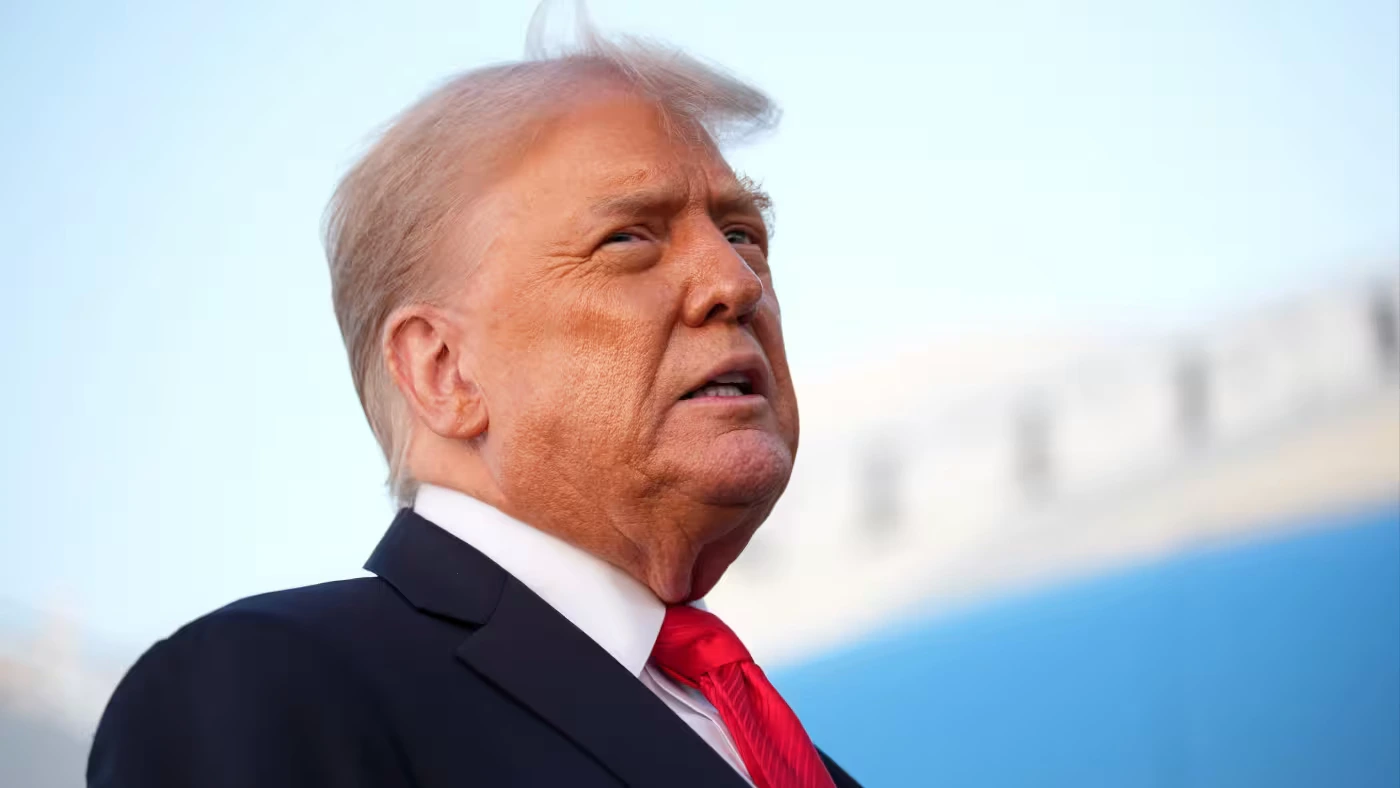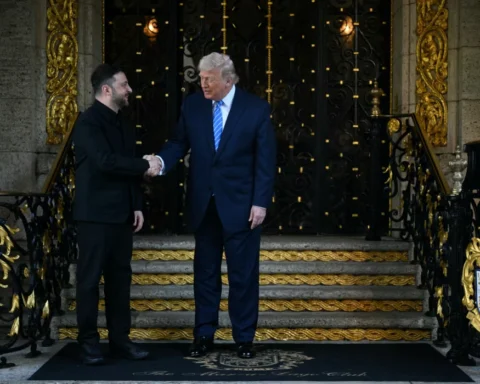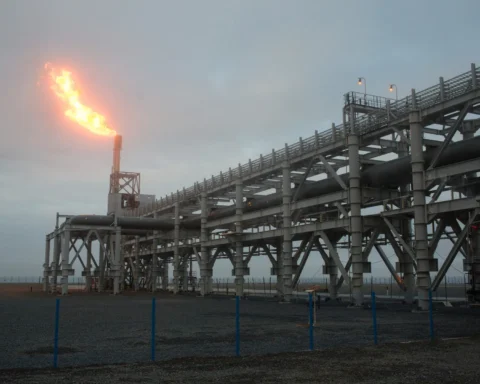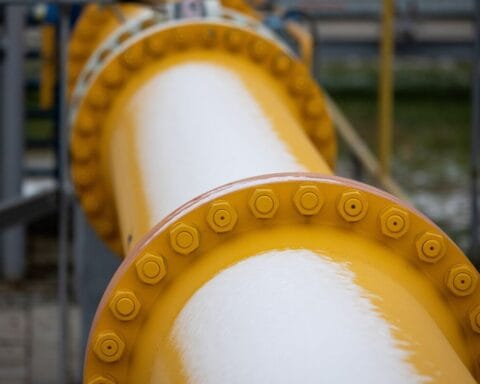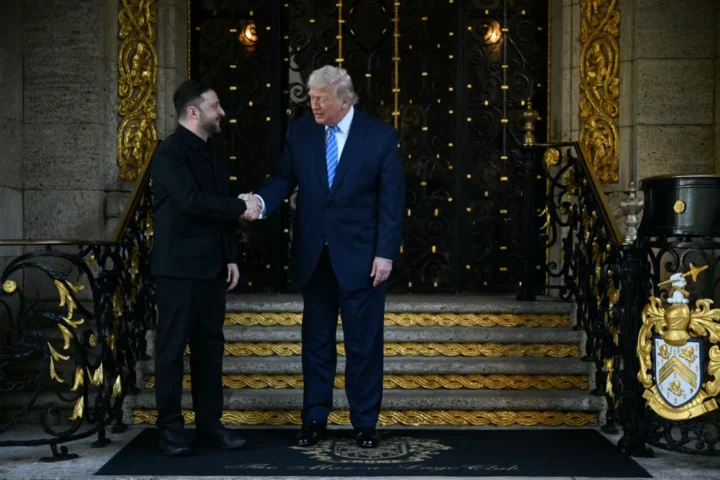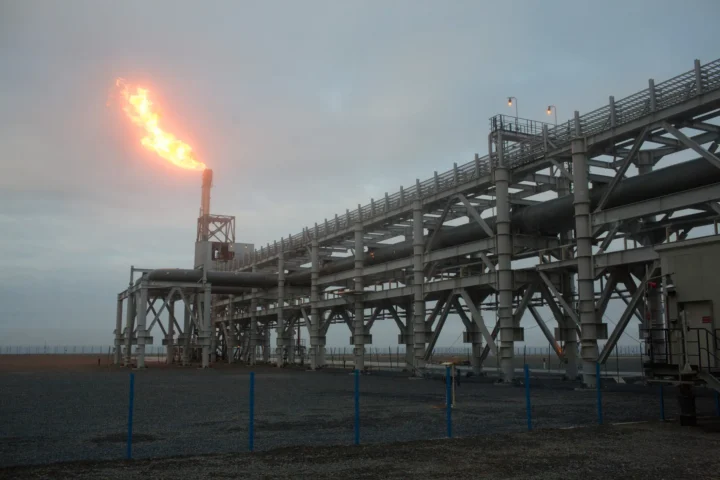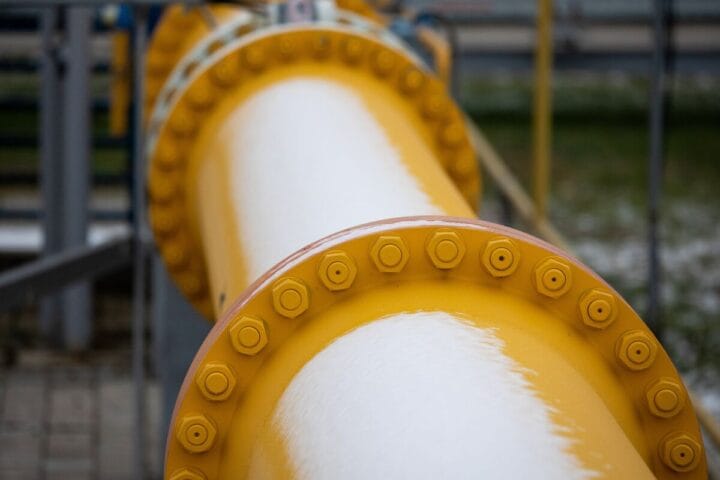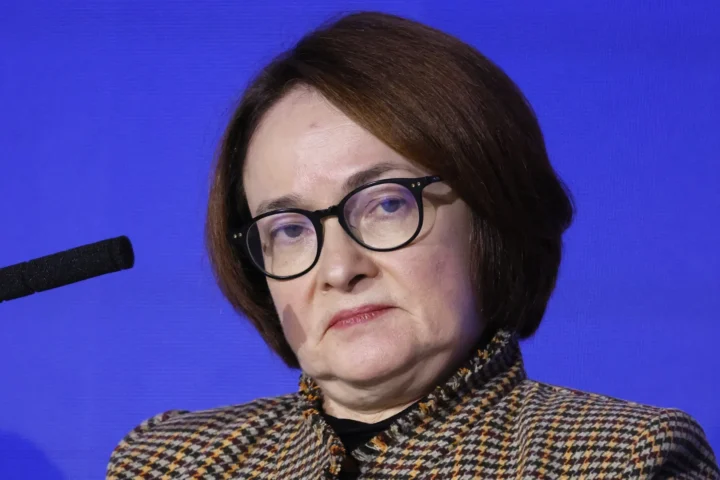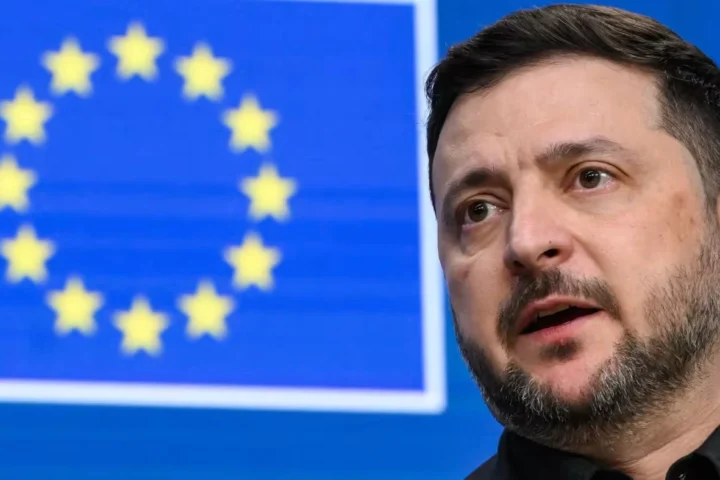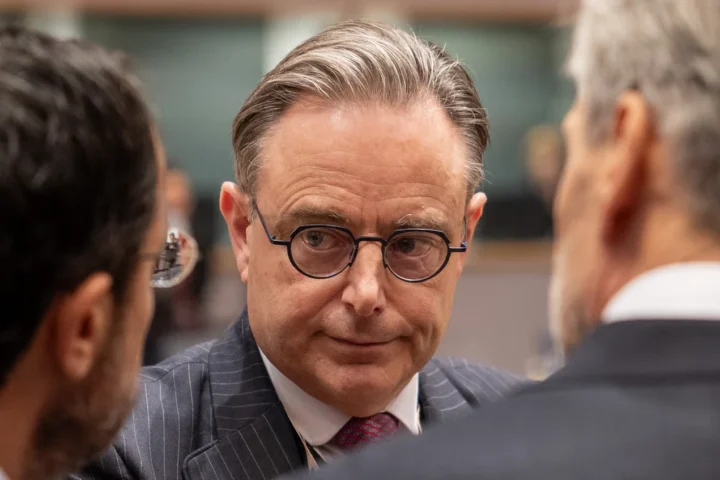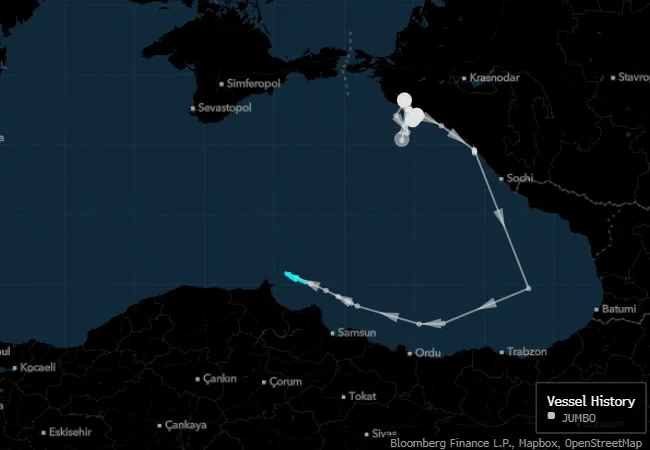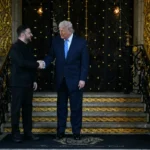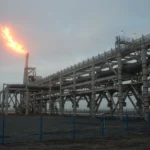According to The Financial Times, President Donald Trump has proposed that the European Union raise tariffs on imports from China and India — up to 100% — as part of a joint strategy to increase economic pressure on Russia and force it to end its invasion in Ukraine. Three officials familiar with the discussions shared the details.
What Exactly Was Proposed
The initiative came during the U.S. president’s video call into a meeting of senior U.S. and EU officials in Washington, where they discussed ways to raise the cost of the war for Moscow. As FT reports, the White House signaled it is ready to move decisively, provided Europe acts in concert with Washington.
“We’re ready to go — ready to go right now — but we’re only going to do this if our European partners step up with us,” one U.S. official said.
According to a second official, the United States is prepared to “mirror” any EU tariffs on China and India, which, if enacted, would further increase U.S. levies on imports from both countries.
The White House’s Logic: Squeezing Oil Revenues
The proposal reflects growing frustration in Washington over the difficulty of brokering a peace deal and Russia’s increasingly aggressive strikes on Ukrainian cities. In the administration’s view, the most “obvious” way forward is to make continued purchases of Russian oil commercially unattractive.
“The president came on this morning and laid out his view: the obvious approach is for everyone to impose dramatic tariffs and keep them in place until China agrees to stop buying the oil. There really aren’t many other places that oil can go,” the first U.S. official explained.
Later on Tuesday, Trump told reporters he expects to speak with Vladimir Putin “this week or early next week.”
Context: Beijing, Delhi, and Moscow Are Tightening Ties
The tariff push follows a summit last week where China’s Xi Jinping, Russia’s Vladimir Putin, and India’s Narendra Modi signaled closer coordination. As The Financial Times notes, steady demand from China and India for Russian oil and gas blunts the impact of Western restrictions and sustains Moscow’s revenues.
Last month, the United States raised tariffs on certain Indian goods to 50% amid tensions over India’s purchases of Russian oil. Washington has not specifically targeted China for buying Russian oil; in April, Trump sharply increased tariffs on Chinese imports but partially scaled them back in May after a negative market reaction.
On Tuesday evening, Trump wrote on Truth Social that trade talks with India are continuing and, in his view, could have a successful outcome:
“India, and the United States of America, are continuing negotiations to address the Trade Barriers between our two Nations. I look forward to speaking with my very good friend, Prime Minister Modi, in the upcoming weeks.”
The EU’s Position: Debating “Secondary” Measures Amid Trade Fears
On the European side, officials from the European Commission — led by the bloc’s sanctions coordinator David O’Sullivan — took part in the Washington discussions alongside senior U.S. Treasury officials. As The Financial Times reports, European capitals are indeed considering potential secondary measures against countries that buy Russian energy, including China and India. But many governments are wary, given the EU’s deep trade ties with Beijing and New Delhi and the risk of retaliation.
U.S. diplomats in Europe emphasize that the Trump administration does not intend to impose punitive measures on buyers of Russian oil and gas without EU participation. The situation is further complicated by the fact that some EU members still purchase certain Russian energy products for their own needs.
“It’s a question of whether Europeans have the political will to bring the war to an end. Any of these measures will of course be costly, and for the president to do it, we need our EU partners — and ideally all our partners — with us. And we’ll share the pain,” the first U.S. official said.
What Comes Next
A coordinated U.S.-EU move to impose ultra-high tariffs on China and India would be the toughest trade–economic lever yet aimed at external buyers of Russian oil. But, as The Financial Times points out, the strategy’s success depends on whether European capitals are willing to accept hits to their own economic interests and withstand possible pushback from Beijing and New Delhi.
In the coming weeks, attention will focus on three tracks: a potential Trump–Putin call, signals from Brussels regarding secondary measures, and the trajectory of U.S.–India trade talks. If Europe “steps in,” Washington says it is prepared to “go the distance” — and share the cost of pressure.
This article was prepared based on materials published by The Financial Times. The author does not claim authorship of the original text but presents their interpretation of the content for informational purposes.
The original article can be found at the following link: The Financial Times.
All rights to the original text belong to The Financial Times.


